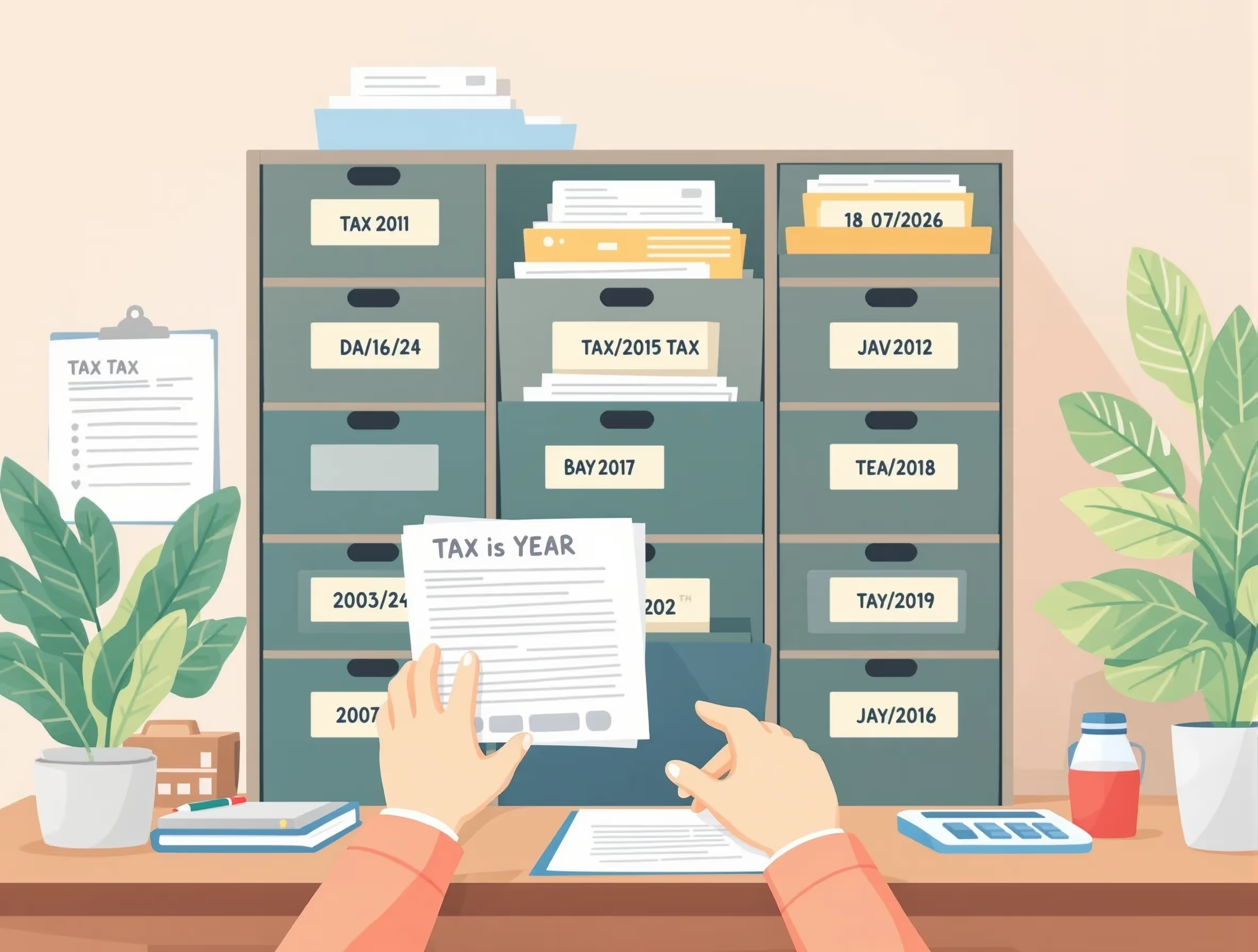
What Form 8858 Is For
IRS Form 8858 (2013), officially titled Information Return of U.S. Persons With Respect to Foreign Disregarded Entities and Foreign Branches, helps the IRS track income, assets, and transactions from foreign business activities that are not treated as separate legal entities for U.S. tax purposes. U.S. persons must file this form if they own or control a foreign disregarded entity (FDE) or operate a foreign branch.
By submitting Form 8858 with their federal income tax return, taxpayers provide a clear picture of their foreign entity’s income statement, balance sheet, and related transactions, ensuring accurate reporting and compliance with international tax rules.
When You’d Use Form 8858
U.S. persons must file Form 8858 when they own or control a foreign disregarded entity (FDE) or operate a foreign branch during a tax year. The form is usually submitted with your federal income tax return and follows the exact due dates—typically April 15 for individuals and March 15 for most business entities, with extensions available.
Filing Scenarios:
- Original Filings: When you first report ownership or activity in an FDE or foreign branch.
- Late Filings: Required even if years overdue; expect potential civil penalties of up to $10,000 per year plus additional penalties for continued non-compliance.
- Amended Filings: Used to correct inaccurate or incomplete information. Clearly label the return as “Amended.”
Incomplete or missing filings can delay the IRS statute of limitations and reduce available foreign tax credits.
Key Rules or Details for 2013
Several essential rules defined how IRS Form 8858 (2013) applied to reporting foreign disregarded entities (FDEs) and foreign branches.
- Multiple Direct Owners: If an FDE had more than one direct owner, each owner must attach a statement listing all other owners and their ownership percentages.
- Organizational Chart Requirement: Filers needed to include a chart showing the ownership chain between the U.S. tax owner, any foreign corporation or partnership, and the FDE.
- Reference ID Numbers: For FDEs without an Employer Identification Number (EIN), filers had to assign a consistent reference ID to use in future years.
- Functional Currency Reporting: Financial details—including the income statement and balance sheet—had to be reported in U.S. dollars and the entity’s functional currency, using the correct IRS exchange rate format.
- Schedule Updates: The 2013 form introduced Schedule C-1 for Section 987 gains or losses and continued Dormant FDE relief for inactive entities.
These updates strengthened accuracy, consistency, and transparency in international tax reporting.
Step-by-Step (High Level)
- Confirm your filing requirement: The filing obligations generally apply to U.S. taxpayers who are direct or indirect owners of an FDE (a separate entity for local law but not for U.S. tax) or who operate foreign branches. This can include a domestic corporation, a foreign partnership, or controlled foreign corporations, as well as other related entities treated as such for U.S. tax.
- Collect identifying information: Gather the FDE’s name, address in the foreign country, ownership chain, and all reporting and tax requirements relevant to the period.
- Start the tax form: Complete page 1, identifying information for the FDE and filer. When required, file a separate form for each entity.
- Prepare financial details: Compute taxable income, current earnings, and transactions with related parties. If applicable, complete Schedule I and Schedule M.
- Reconcile taxes: Match foreign income taxes paid or accrued to amounts shown on the U.S. return to maintain compliance.
- Attach to your return: Submit Form 8858 with the federal tax return or the owner’s personal tax return as part of the annual tax return.
- Review consequences: Late or inaccurate filings can lead to an IRS notice, potential penalties, criminal penalties, or, in extreme cases, criminal prosecution—all of which can raise your tax bill.
- Get help when needed: A qualified tax professional can streamline the filing process and ensure everything is accurate and timely.
Common Mistakes and How to Avoid Them
Even careful filers make common mistakes that can lead to delays, audits, or severe penalties. Here are key pitfalls and how to prevent them:
- Omitting required details: One common mistake is not providing all the necessary details about foreign operations or ownership. Ensure that each U.S. person with an FDE or foreign branch submits comprehensive data.
- Using the wrong accounting period: The FDE’s or CFC’s annual accounting period does not match the filer’s. Review your records to ensure the dates align before submitting.
- Overlooking partnerships or branches: Leaving a controlled foreign partnership or foreign branch off the entire tax return. Cross-check all entities and confirm inclusion under the correct reporting requirements.
- Assuming exemptions apply: Self-employed taxpayers often assume Form 8858 doesn’t apply to them. Confirm your tax compliance status annually to ensure accurate and complete reporting.
What Happens After You File
Once a U.S. person finishes filing Form 8858, the IRS reviews it as part of the filer’s federal tax return. The agency compares the data reported on Schedule G and Schedule H with other disclosures to verify accuracy and ensure consistency across all foreign reporting forms. If the return involves an S corporation, controlled foreign corporation, or CFP’s annual accounting period, the IRS may request clarification to confirm ownership and income details.
If errors or omissions appear, the IRS issues a notice requesting corrections. Ignoring an IRS notice can lead to audits or penalties. To stay compliant, review every submission carefully and keep records that support each entry—complete documentation helps prevent disputes and demonstrates responsible tax compliance.
FAQs
Do I need to file Form 8858 if I own a foreign disregarded entity?
A foreign disregarded entity (FDE) is treated as part of its U.S. owner for tax purposes. If you directly or indirectly own one, you must report its activities and financial details each year using Form 8858.
When is Form 8858 required for a foreign branch?
You must file a lawsuit if you operate a foreign branch or other business unit outside the United States that isn’t treated as a separate corporation. The IRS uses this information to track international business activity and verify income reporting.
What does the income statement include on Form 8858?
The income statement section shows your FDE or branch’s revenue, expenses, and net results in functional currency and U.S. dollars. This supports accuracy in reporting current earnings on related schedules.
Which foreign entities or foreign corporations must be reported?
All foreign entities are disregarded for U.S. tax purposes, and foreign corporations owning them may trigger a filing obligation. The key is determining whether you have direct or indirect control or ownership.
What is the purpose of Schedule I and Schedule M?
Schedule I helps reconcile total income, deductions, and current earnings, while Schedule M lists transactions between the FDE and related entities, such as loans, sales, or royalties.
























